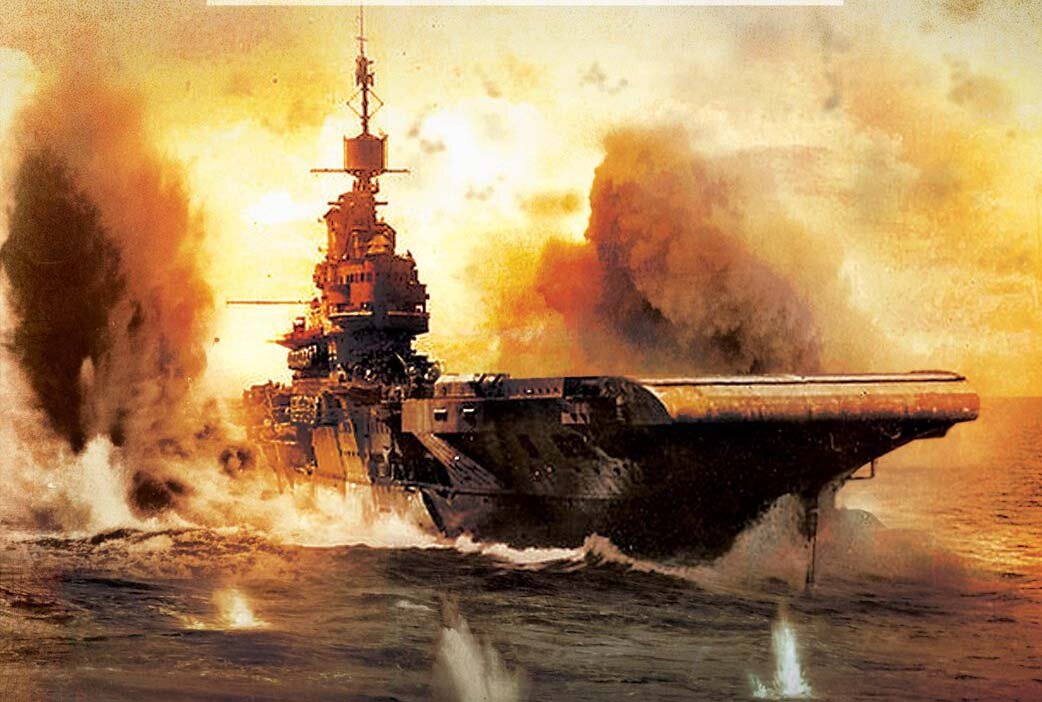Shortround6
Lieutenant General
The chronology needs a bit of work.OK, trying to keep things in chronological order, the British establish the British Direct Purchase Commission, in January 1940, creating it from the existing British Purchasing Commission, which had been in place since pre-war. So I assume they were able start work pretty quickly. Fall of France, June 1940, and importantly for this discussion, Belgium, sees the RAF appraise the 32 undelivered Belgian aircraft, which are a de-navalized F2A-2, now called the B-339, with the arrestor hook and liferaft container removed, the tail slightly extended, and most importantly an engine 200 hp less than the F2A-2, with a corresponding drop in performance. Then the RAF added their bits to it, making it even heavier and slower. And accepted secondhand rebuilt engines to spec. This was becoming a dog, but this was the RAF looking for alternative land based fighters. Our search is for a carrier based fighter.
Now, big question, can the FAA accept a fighter without armour and self sealing tanks in 1940, which is what the Skua lacked, in theatres other than the Mediterranean, as an accomplice to the Fulmer which was entering service. If so, the US version F2A-2 could have been quickly ordered, at the beginning of 1940, hopefully production running straight after the US Navy order, which as I said, being delivered in 1940.
In part because the US swapped of some production batches to speed up some of the export batches.
In 1939 there were 11 planes built.
In 1940 there were 42 US planes and 166 export planes built
in 1941 there were 108 US planes built and 201 export planes built.
In 1942 you had 1 US plane and 21 export planes.
The British actually have a history that goes back to Aug of 1939.
They prepare a contract for 120 aircraft comparable to the F2A-2.
Poland orders 250 aircraft in Augest 1939 but that goes nowhere.
October 1939 the British air ministry says the Buffalo is not suitable for the RAF.
It took until Dec to get the 11 F2A-1 to the US navy at which point the rest are released to Finland. I will leave them out except to say that it took until Feb to them built.
Dec 1939 sees the Dutch order 40 planes.
Jan 1940 sees the British actualy sign the contract for the 120 planes, It is later changed to 170 planes.
April 1940 sees one Dutch plane built with 6 more completed in May.
May sees France take over the Dutch contract.
May 1940 see 2 339Es built for the British
June 1940 sees 22 more built for the British
July sees 9 more built at which point the production line is shut down to change over for the F2A-2.
Sept 1940 sees 6 F2A-2 built, followed by 26 in October with 10 finished in Nov, One more is finished in Jan 1941.
Production switches back to the 339E in Dec with Dec with 40 planes and 38 more in Jan 1941.
Feb 1941 sees 22 British 339Es built
March sees production split with 19 339Es and 18 339Ds for a Dutch East India order.
April sees 35 339Es built and 9 339Ds
May sees the last of the 339Es completed. 27 339Ds are completed, 8 F2A-1s are converted to F2A-2 standard.
June sees the last of the 339Ds completed.
July sees the first F2A-3s completed.
That pretty much covers the possible planes for British delivery.
A complication for upgrading the export orders is if Curtiss will be allowed to export the R-1820-G200 engine or if the export planes are stuck with the R-1820-G100 engines.
Or even if Wright can even build enough R-1820-G200 engines to go around.
Please note the R-1820-G200 used next to no parts in common with the G100 engine and one account seems to confuse to the two. Pilots (and mechanics) were trying to run the G100s at the rpm (power level) that the G200s would run at, which lead to oil leaks and other problems.

